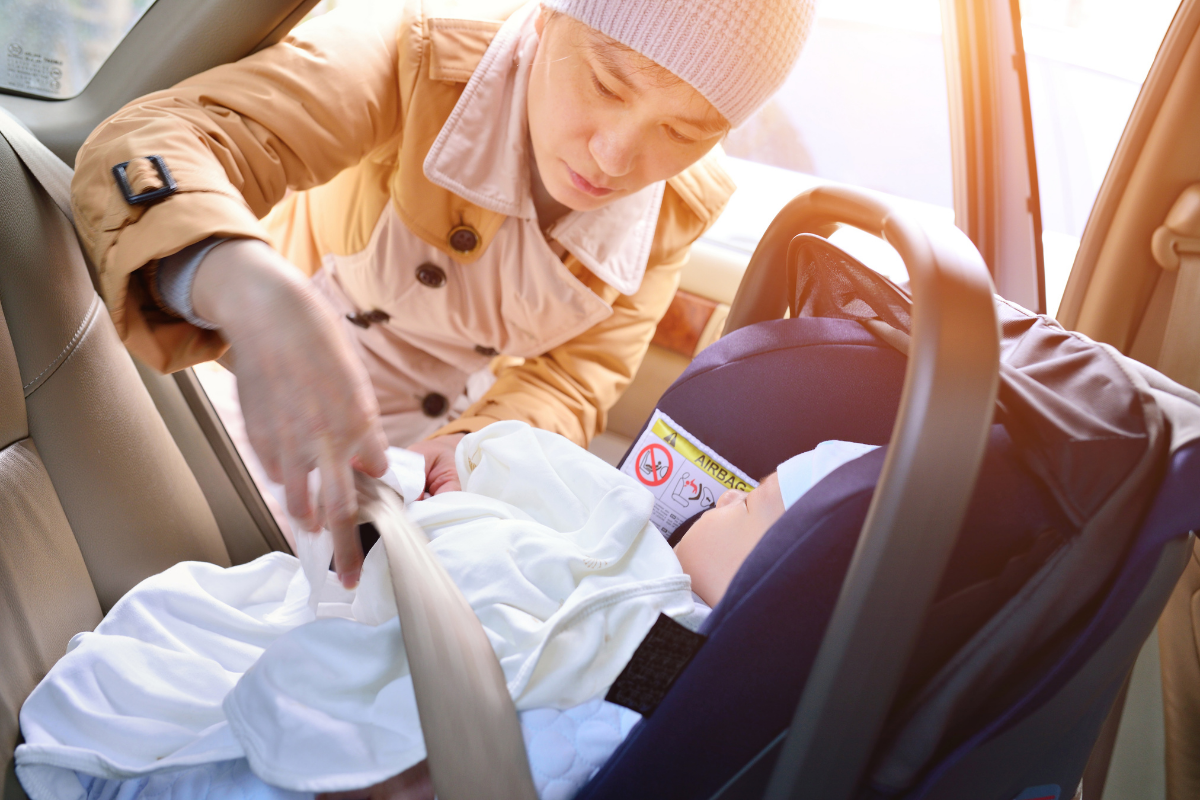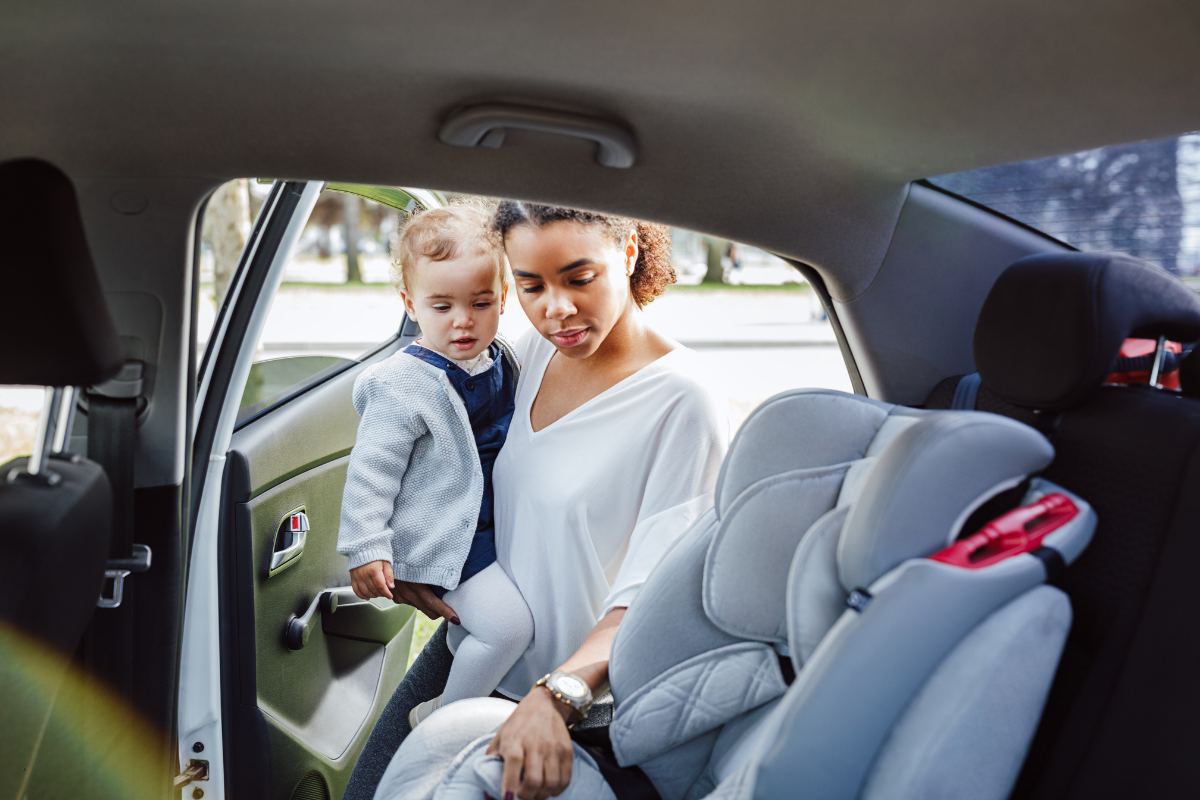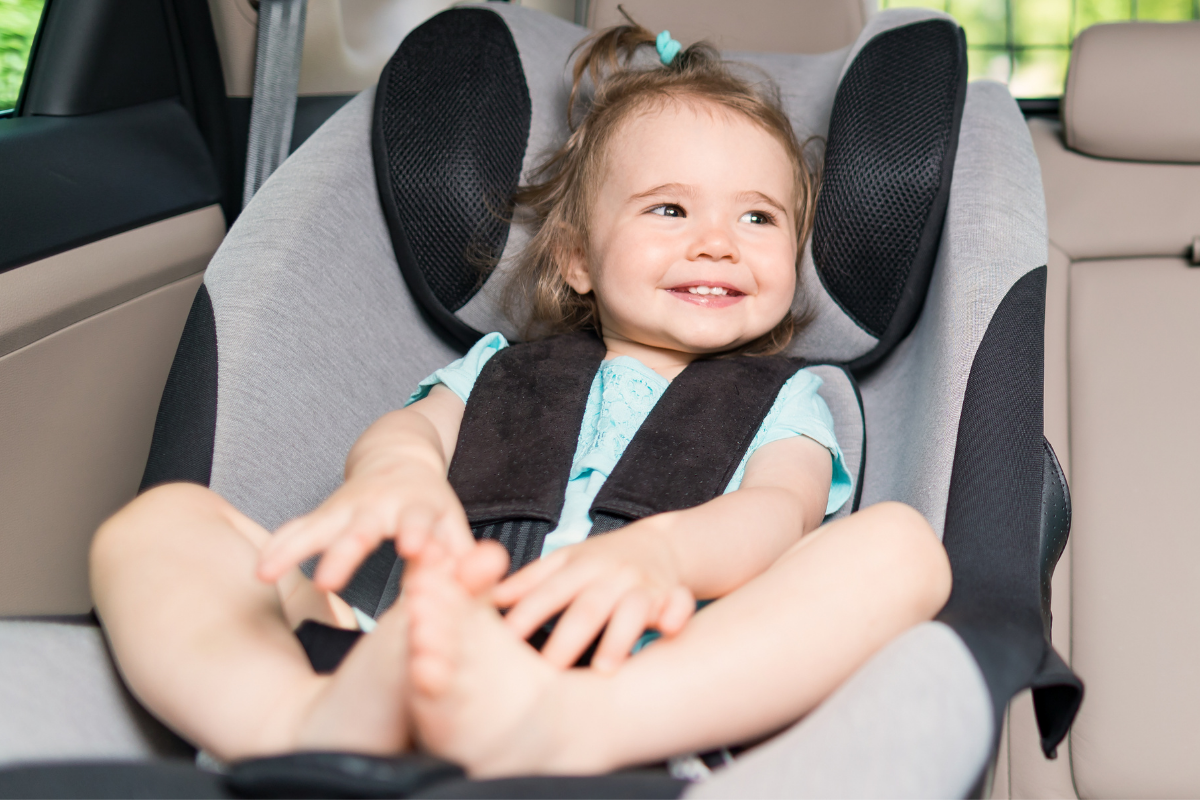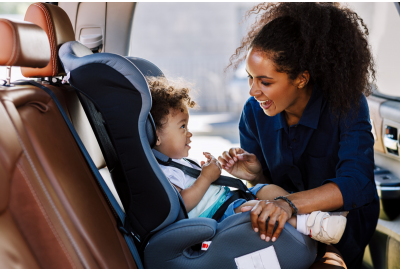The top 10 most Googled questions about baby car seats, answered by the experts at Bella Baby
Becoming a new parent can be an overwhelming time. With an abundance of new information to digest, the entire process can become a daunting one filled with near fears and anxieties. However, at Bella Baby, we have a wealth of knowledge and experience in this field, and we are here to tell you that we can help put your mind at ease.
We’ve done some research into the most googled questions about car seats, and using our expertise we are able to answer these questions all in one place.
Looking for the perfect car seat for your child? Shop our wide range of products here.
How do baby car seats work?
Car seats are designed to keep your baby safe while travelling in a car, or any other vehicle. Just like an adult would wear a seatbelt for safety, a car seat acts with the same purpose for a small child. For a seatbelt to work effectively it must fit correctly, therefore the same applies to the sizing of a child car seat.
There are three main types of car seats, each designed for different ages and sizes of children:
- Rear-facing infant seats and convertible seats
- Forward-facing child seats
- Booster seats and backless boosters
What is the law on car seats in the UK?
The law in the UK states that all children should use a child seat until they are 12 years old or 135cm tall - whichever comes first. Once a child has reached this stage then they must wear a seat belt when travelling in any car.
However, if the journey is an unexpected one and the correct child car seat is not available then children over the age of three can use an adult seatbelt for the journey. This journey, however, must be unexpected, necessary and over a short distance.
Children under the age of three are not permitted to travel unexpected journeys in a vehicle without the correct car seat unless it is a licensed taxi or minicab and they travel on a rear seat without a seatbelt.
How long are car seats for babies good for?
Car seats are designed for different ages and sizes of children, therefore once a child has outgrown one size of car seat, they will need to move on to a bigger one. In addition to this, most car seats do come with an expiration date. Therefore it’s important to note this if you are planning on recycling your car seats with future children.
Most car seats last between six and 10 years, but car seat expiration dates vary by manufacturer. The expiration date is often printed on the seat itself; if not, check the instruction manual for each car seat you own or give the manufacturer a call.
Car seats come with an expiration date due to the fact that they are mostly made up of hard plastic which can deteriorate over time. Heat, cold, sun, humidity and age can affect plastics and make them brittle and, eventually, unsafe.
On top of this, most car seats come with an expiration date due to advancements in technology. With constant research and development in this area, breakthrough technology can happen rapidly and manufacturers will want to make sure their products meet updated safety standards and best practice recommendations.
Why do some car seats for babies face backwards?
Car seats that face backwards are commonly referred to as rear-facing car seats or convertible car seats. They are designed for babies up to 22lbs (about 10 kilograms), which is usually from birth to twelve months.
Rear-facing car seats are designed specifically for young babies as they provide greater protection for the baby's head, neck and spine than forward-facing seats. In the case of a crash, this type of car seat will absorb most of the crash force and support the babies head, neck and spine.
When children ride forward-facing, their heads - which for toddlers are disproportionately large and heavy - are thrown forward, possibly resulting in spine and head injuries.

At what age can a baby go in a forward-facing car seat?
There are two factors to consider before putting your child in a forward-facing car seat and they are height and weight. In the UK, the law states that children over 15 months old can go in a forward-facing car seat as long as the height-based child car seat is EU approved.
Furthermore, your child must be at least 9kg (roughly 20llbs) before they can go in a forward-facing car seat. Again, this car seat must be EU approved and must show a label with a capital ‘E’ in a circle and ‘ECE R44’.
The law also states that the same rules apply for children with disabilities or medical conditions, but they can use a disabled person’s seat belt or a child restraint designed for their needs. However, a doctor can issue an exemption certificate if a child is unable to use a restraint or seat belt because of their condition.
What weight do baby car seats go up to?
There are two ways in which a car seat can be bought, and these are by height and by weight. Car seats for children are not classified by age. Car seats start at ‘Group 0’ and go right up to ‘Group 3’
|
Group |
Seats |
|
|
0kg to 10kg |
0 |
Lie-flat or ‘lateral’ baby carrier, rear-facing baby carrier, or rear-facing baby seat using a harness |
|
0kg to 13kg |
0+ |
Rear-facing baby carrier or rear-facing baby seat using a harness |
|
9kg to 18kg |
1 |
Rear- or forward-facing baby seat using a harness or safety shield |
|
15kg to 25kg |
2 |
Rear- or forward-facing child car seat (high-backed booster seat or booster cushion) using a seat belt, harness or safety shield |
|
22kg to 36kg |
3 |
Rear- or forward-facing child car seat (high-backed booster seat or booster cushion) using a seat belt, harness or safety shield |
*Information was taken from the GOV.UK website
How do I fit a baby seat?
There are a few things that must be considered when fitting a car seat in your car. Firstly, a child’s car seat can only be fitted if your car’s seat belt has a diagonal strap. The only instance where this is not necessary is if your child’s car seat is specifically designed for use with a lap seat belt or is fitted using ISOFIX anchor points.
Furthermore, you must deactivate any front airbags before fitting a rear-facing baby seat in a front seat, and never fit a child car seat in side-facing seats.
When it comes to fitting a baby seat, you must read the instructions provided by the manufacturer. If you have lost the instructions, check the child seat manufacturer's website as many publish the instruction manuals of their sites. If not, ask the manufacturer if they can provide a copy.

What should I do with old car seats?
If your car seat is not expired and still complies with current safety standards, then you can donate it to a local charity shop or pass it along to a friend. If you still have the original safety manual from the manufacturer, then make sure you include this.
However, if your car seat is expired then there a number of things you can do to get rid of it sustainably. Firstly, dismantle your car seat then separate any parts that cannot be reused or recycled. Following this, recycle all of the plastic and metal parts you can and then take any fabrics to be composted or to a reuse facility.
Some retail companies and even local communities have a car seat recycling program so it’s worth checking if there is one in your area.
How should I clean my child’s car seat?
Babies and toddlers can be very messy, so it’s no surprise that their car seats will need a good clean every once in a while. Most car seats come with a cover that can be simply removed and popped into a washing machine. These manufacturers also use premium fabrics so that they will not shrink in your machine, and will last longer.
However, if the cover of the car seat cannot be removed, we recommend spot cleaning with a damp cloth or sponge to remove any stains or dirt. It’s also important to clean the plastic base of the car seat and hoover underneath as food, dirt and other things can begin to collect under there.
How can I protect my leather car seats from baby seats?
To prevent a baby seat from making marks on your leather car seats, you should use a seat protector. However, if you do this, special care must be taken to ensure that any cover used does not prevent the baby’s car seat from functioning properly.

At Bella Baby, your child's safety will always be our primary concern. There is a veritable minefield of legislation and information to navigate in order to identify the right seat for both your child and your vehicle.
Our expert team will help you to make the right decision. Our impressive range features outstanding models from Maxi Cosi, Britax, Cybex, Be Safe Kiddy and Stokke. You will discover car seats suitable for newborns and models that your child can use until they are old enough to leave their booster seat behind.
All of our car seats adhere to the latest safety standards so you can enjoy complete peace of mind. We only sell the products that we believe in!
To view all of the car seats we have to offer, shop here today!

